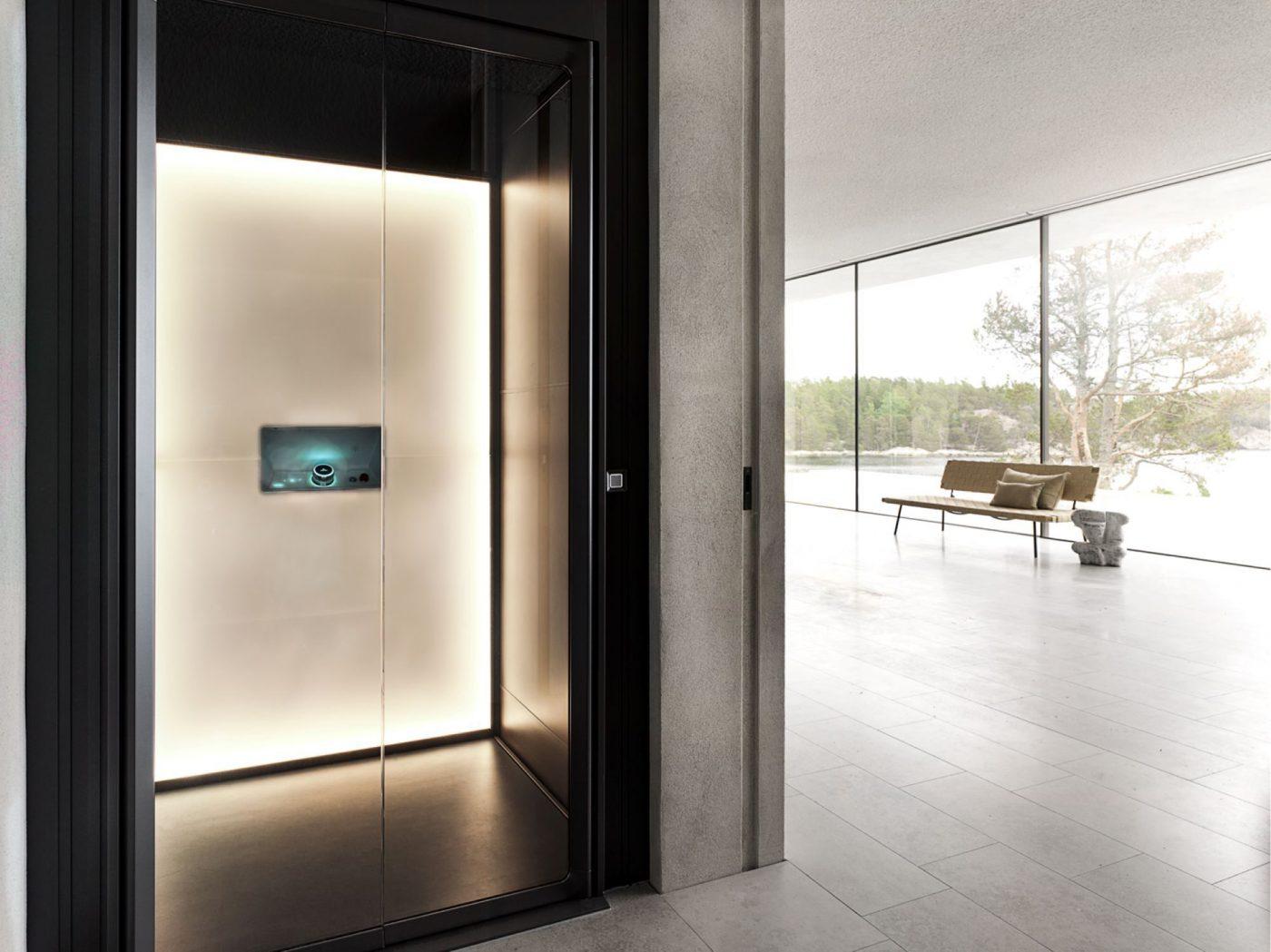Looking Into the Globe of Elevators: Usual Problems Faced by Numerous Lift Mechanisms
As we navigate through the vertical transport systems of contemporary structures, lifts stand out as a vital part of our daily lives. From hydraulic elevators to traction systems and machine-room-less layouts, each lift kind comes with its collection of common issues.
Hydraulic Lifts
Hydraulic lifts, frequently preferred for low-rise structures, utilize fluid pressure to control the activity of the lift vehicle (lift repair companies). This system entails a hydraulic pump pressing oil right into a cyndrical tube, causing the lift to relocate the preferred instructions. While hydraulic lifts are recognized for their quiet and smooth operation, they do come with their own set of typical problems
One common trouble with hydraulic lifts is oil leak. The seals in the hydraulic system can put on out over time, leading to oil seepage. If left unaddressed, this not only creates a mess but can also impact the elevator's performance. Additionally, problems with the control system, such as defective shutoffs or a malfunctioning pump, can cause disturbances in the lift's motion.
Normal upkeep and timely repair work are important to guarantee the smooth performance of hydraulic elevators. By dealing with these typical problems proactively, building proprietors can minimize downtime and make certain the safety and security and performance of their upright transport system.
Grip Elevators
When considering vertical transport systems in structures, one more common type other than hydraulic lifts is the grip lift. Grip elevators operate making use of a system of ropes and weights that move the lift auto by grasping onto the hoist ropes. This mechanism enables smoother and faster upright transportation compared to hydraulic systems.
Among the usual problems faced by traction elevators is rope wear. The constant activity of the ropes within the grip system can lead to tear and put on in time, possibly creating the elevator to malfunction or become dangerous for use. Normal assessments and upkeep of the ropes are important to guarantee the elevator's correct functioning and security.
Another problem that grip elevators may experience is associated with the control system. Troubles with the control system can result in concerns such as erratic motion, hold-ups in response times, and even full shutdowns. Regular screening and upkeep of the control system are essential to stop such concerns and ensure the elevator's dependability.
Machine-Room-Less (MRL) Lifts

Among the essential components of MRL lifts is the compact gearless grip maker that is installed within the hoistway. This maker effectively drives the elevator car click here for more without the demand for large equipment discovered in traditional grip elevators. In addition, MRL elevators typically utilize a counterweight system to balance the cars and truck, more boosting their energy effectiveness.
Despite their advantages, MRL lifts may deal with challenges connected to repair and maintenance as a result of the confined area for tools installment. Ease of access for servicing elements within the shaft can be restricted, calling for specialized training for technicians. Appropriate maintenance routines and routine examinations are essential to make sure the continued smooth operation of MRL elevators.
Overloading and Weight Limit Issues
Are elevators geared up to handle excess weight loads efficiently and safely? Straining and weight restriction issues are crucial issues in elevator operations. Elevator makers style lifts with certain weight capabilities to make sure traveler security and devices durability. Surpassing these weight restrictions can bring about numerous troubles, consisting of mechanical failures, delays, and safety hazards.
When elevators are strained, it places extreme strain on the electric motor, cords, and other components, possibly triggering breakdowns or breakdowns. If they find excess weight, safety and security devices such as sensors and overload original site sensors are in place to stop elevators from relocating. Furthermore, surpassing weight limits can cause enhanced energy intake and wear and tear on the lift system.
To reduce overloading problems, building supervisors should prominently show weight restrictions in lifts and educate passengers on the significance of sticking to these restrictions - lift repair companies. Regular upkeep checks by qualified professionals can likewise assist guarantee that lifts are operating within safe weight specifications. By resolving overloading and weight limit concerns proactively, structure owners can boost elevator safety and security and performance
Electric System Failures
Exceeding weight limits in lifts can not just browse around this web-site lead to mechanical issues however also possibly add to electrical system failures within the lift infrastructure. Electrical system failures are a critical concern in lift procedure, as they can trigger unforeseen shutdowns, malfunctions, or also safety and security threats.
Normal maintenance and examinations are crucial to identify and address prospective electric problems without delay, ensuring the secure and effective procedure of elevator systems. By sticking to weight limits and carrying out regular electrical system checks, building proprietors can mitigate the danger of electric failings in elevators.
Verdict

Hydraulic lifts, frequently preferred for low-rise structures, utilize fluid stress to manage the movement of the lift cars and truck.When thinking about upright transportation systems in structures, another usual type apart from hydraulic elevators is the grip lift. Traction lifts operate utilizing a system of ropes and weights that move the lift automobile by clutching onto the hoist ropes. Unlike standard elevators that call for a separate maker area to house the equipment, MRL lifts integrate most of the components within the shaft, getting rid of the need for a dedicated equipment room.In final thought, lifts face typical concerns such as hydraulic breakdowns, traction system failings, and electrical system problems.